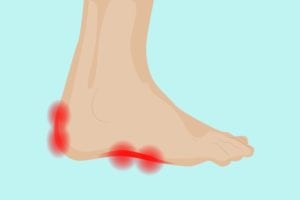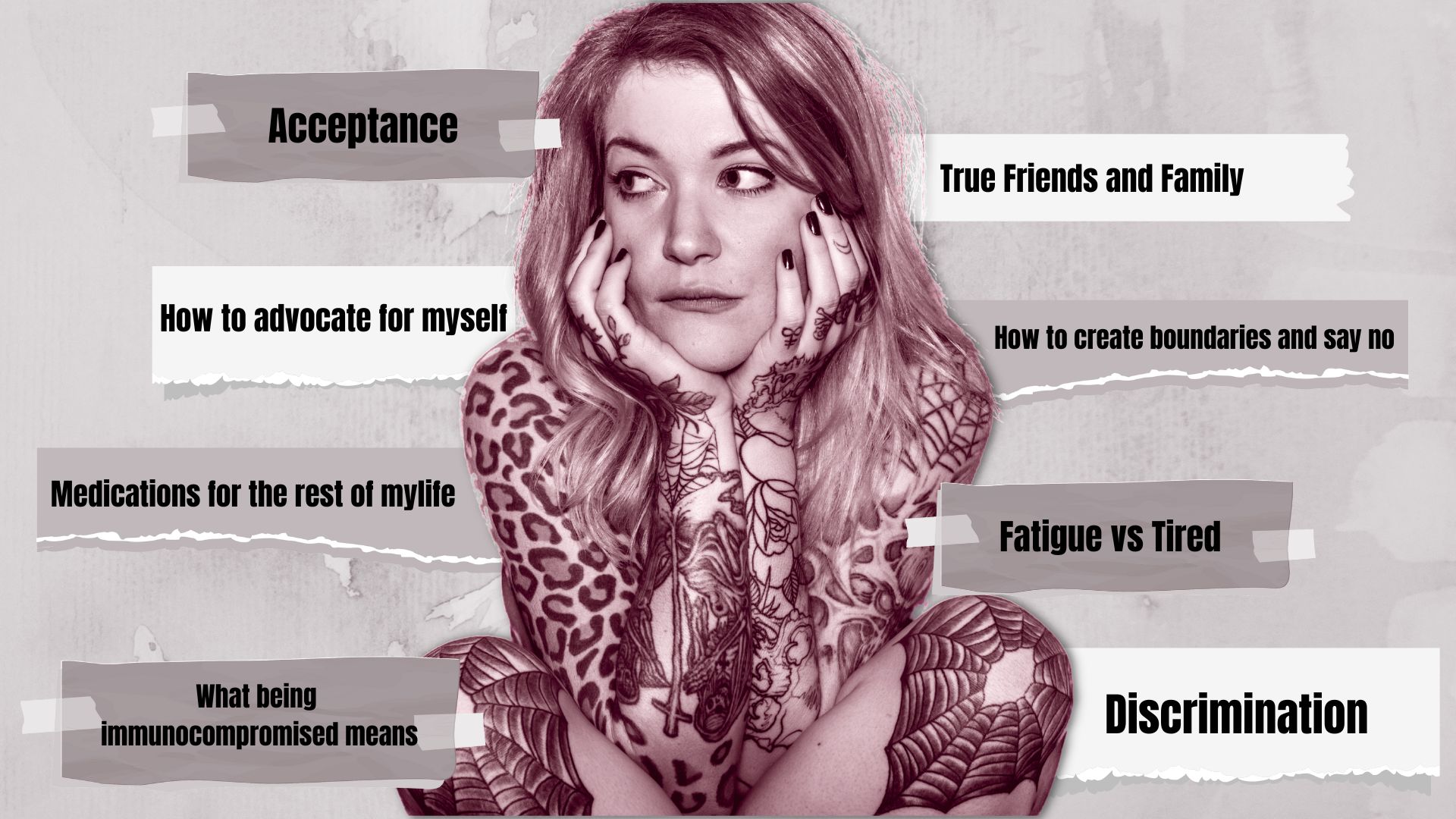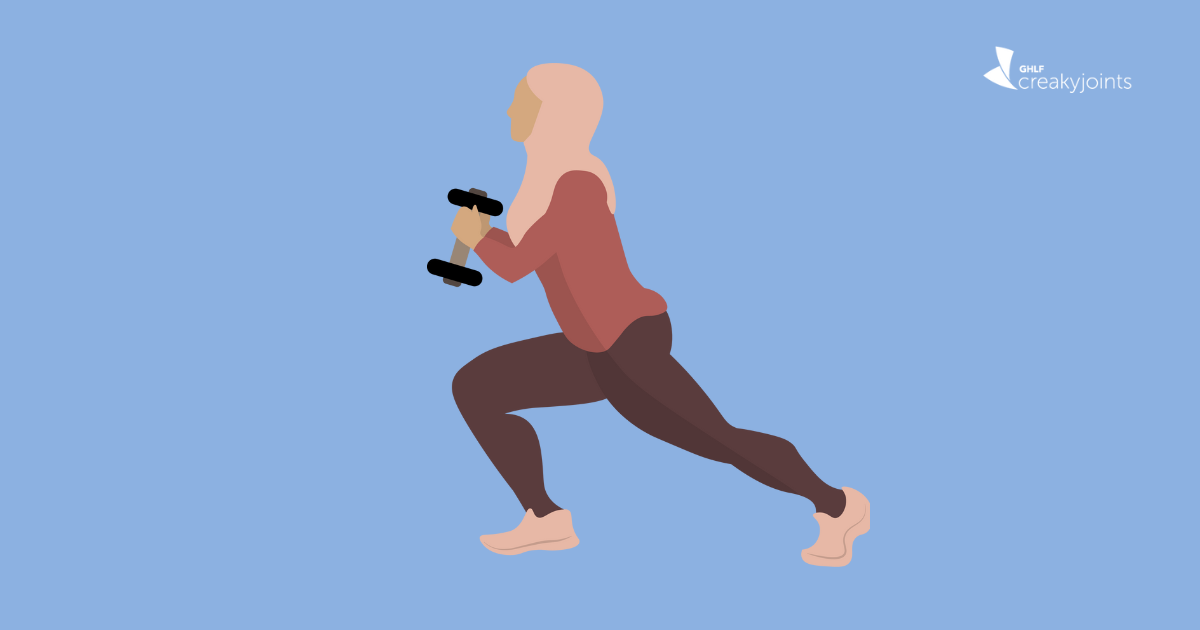If you have ankylosing spondylitis or psoriatic arthritis, you may be familiar with the pain of enthesitis, an inflammation where tendons and ligaments attach to the bone — even if you aren’t aware it has a name. “I didn’t know what it was called!” Monica D. told us on Facebook. “I have pain all the time. Makes it difficult to walk very far.”
What Is Enthesitis?
“Enthesitis is inflammation of the ‘enthesis,’ which is where a tendon or ligament attaches to bone,” says Joan Appleyard, MD, a rheumatologist at Baylor College of Medicine in Houston, Texas. “Symptoms are pain sometimes accompanied by swelling.”
There’s a reason the enthesis is susceptible to this problem. “The enthesis has a lot of blood flow and [thus] is subject to both infection and inflammation,” says Theodore R. Fields, MD, a professor of clinical medicine at Weill Cornell Medical College and an attending rheumatologist at Hospital for Special Surgery in New York City. “Two of the most common entheses are the area where the Achilles’ tendon inserts on the back of the heel, which causes Achilles’ tendonitis, and where the sheet of connective tissue, or fascia, inserts on the bottom of the heel, which causes plantar fasciitis.”
Types of Arthritis That Cause Enthesitis
If you have rheumatoid arthritis or osteoarthritis, chances are you won’t experience enthesitis, because it generally only occurs with certain types of arthritis called spondyloarthropathies (SpA), which include non-radiographic axial spondyloarthritis, ankylosing spondylitis, psoriatic arthritis, enteropathic arthritis (a type that occurs in people with inflammatory bowel disease), and reactive arthritis (which can occur after infection, formerly called Reiter’s syndrome).
Enthesitis is actually one of the hallmark traits of SpA. “It is not a feature of rheumatoid arthritis — this is one of the ways in which SpA differs from RA,” Dr. Appleyard says.
Doctors aren’t exactly sure why SpA targets the enthesis, but it may be that a specific inflammatory response occurs in areas under biomechanical stress (stress on the joint from movement).
“About half of people with psoriatic arthritis and ankylosing spondylitis have enthesitis,” says Dr. Fields. “In both psoriatic arthritis and ankylosing spondylitis, the back and under portions of the heel are common sites of enthesitis.”
There are many other areas where enthesitis can occur, he says, including the inner and outer sides of the elbows, the area where the ribs meet the breastbone, the back of the head where it meets the neck, and in the spine in the area closest to the skin.
What Does Enthesitis Feel Like?
The main symptom of enthesis is pain, which CreakyJoints patients described as “horrible” or “burning.”
“Quite a bit of my PsA pain is due to enthesitis,” Ruth O. shared on Facebook. “It moves around from ball of my foot, to left shoulder, hands, wrists and left hip.”
Marcia G. told us, “I have [enthesitis] in my right ankle and heel mostly. My feet hurt randomly and the right toes and top of foot swell up.” Although many patients noted that enthesitis occurs in their feet, Kelly C. says it hurts “especially around my rib cage.”
Does Enthesitis Signal Worsening Disease?
Enthesitis might not mean your disease is progressing. “Enthesitis can be part of both severe and relatively mild cases of psoriatic arthritis or ankylosing spondylitis,” Dr. Fields says. It may indicate active disease, but not necessarily worsening disease, says Dr. Appleyard.
Your doctor will diagnose enthesitis based on a physical exam, in which they’ll note the location of pain, tenderness, or swelling. “Ultrasound can also be helpful in diagnosing enthesitis, and at times MRI can also be used,” Dr. Fields says.
Treatment for Enthesitis
“Managing enthesitis is important since it can cause a lot of discomfort,” Dr. Fields says. Some specific biologic therapies used to treat SpA seem to improve symptoms of enthesitis. “Treating the underlying disease with anti-TNF agents [a type of biologic] often helps with enthesitis, but traditional DMARDs such as sulfasalazine don’t treat enthesitis,” Dr. Appleyard says. Non-steroidal anti-inflammatory agents (NSAIDs) can be used for mild cases.
When deciding on a treatment regimen for SpA, Dr. Fields says it’s important to take into account all the affected areas. “In patients where enthesitis is the major issue, and more severe than the arthritis, we may skip the non-biologic agents and go directly to biologic therapies, since they tend to be more effective for enthesitis,” he says.
In addition to TNF blockers, other biologic options include blockers of the proteins IL-17, IL-12, or IL-23. “One exception is the non-biologic agent apremilast, which does not appear to cause infection and can be used in psoriatic arthritis, and which has been shown to have effectiveness in some people with enthesitis,” says Dr. Fields.
In addition, “local injection of corticosteroids can be used in enthesitis at times, but needs to be used carefully to avoid weakening of the surrounding tendons and ligaments,” Dr. Fields says.
Talk to your doctor about which medications are right for your individual case. (Here’s what one study found about picking the right treatment for enthesitis in PsA.)
Home Remedies for Enthesitis
A physical therapist can give you gentle stretches to do at home to help relieve the pain of enthesitis, Dr. Fields says. In addition, the doctors and patients we talked to suggested:
- Apply heat or ice to affected areas
- Maintain a healthy weight. “Weight loss can take pressure off the involved areas,” Dr. Fields says.
- Rest and elevate the affected foot. “I try to keep the swelling down by icing it, and keeping my leg and foot elevated,” Lesley P. told us on Facebook.
- Wear special shoes. “People with plantar fasciitis can benefit from shoe inserts to cushion the heel and may be helped by a consultation with a podiatrist,” Dr. Fields says.
- Wear compression socks, braces, wraps, or even a medical boot.
- Watch salt intake to control swelling. “Salt intake does make a difference,” Ruth says.
- Over-the-counter remedies (check with your doctor first). “I love using Biofreeze on the bone in my foot — it helps!” Caroline P. told us on Facebook. Other CreakyJoints members recommended Epsom salt soaks, diclofenac gel, magnesium, or CBD products.






